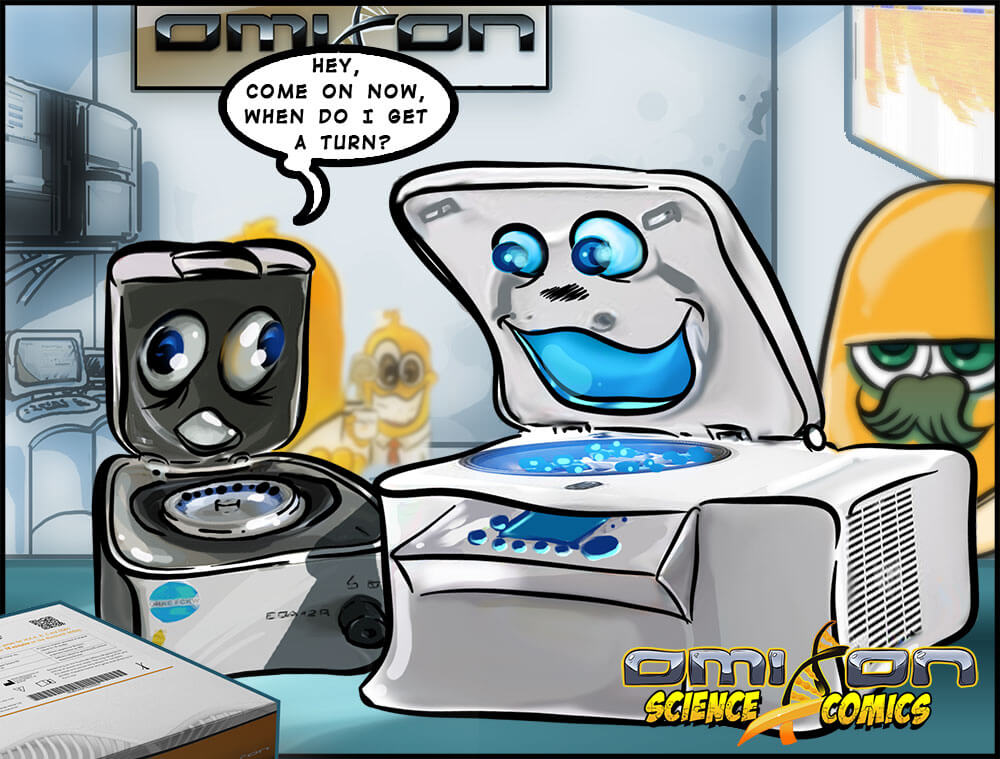Welcome to the lab!
Do you know the feeling when you leave your perfectly prepared library running on the sequencer on Friday, come back on Monday to see your data, and…
Everything is totally different than what you are expecting? Yes, we know this too.
Let’s take a tour in the mysterious place of pipettes and PCR machines and see what kind of dangers and enemies are there to make our life more challenging!
Step 1: Sample preparation – Long Range-PCR – Quantitation
First of all we have to dilute our high quality gDNA, prepare the PCR master mixes, and setup the LR-PCR. This is the heart and the soul of the whole process. After the LR-PCR, we quantify and pool all of the loci per sample, just to make our life easier and faster.
Sounds simple, right? Let’s see!
What can happen?
- Wrong DNA/reagent is used
- No DNA/reagent added to the reaction
- Pipette is not calibrated, wrong volume is pipetted
- Incorrect PCR conditions, PCR machine fails
- Wrong plates and covers used
- Incorrect dilutions of amplicons after normalization
Why is it important and how can I trace it?
- If there is no DNA, there will be no amplification and as a result there will be no data after sequencing.
- If the pipette is not calibrated, it can cause serious headaches. Running out of a reagent while setting up a reaction or pipetting incorrect reagent volumes….? Huh, not convenient…
- Calibrate and check PCR machines regularly. Amplification failure can be seen on an agarose gel and potentially on the sequencing analysis with a “smart” software.
- Wrong plate and cover combination can cause evaporation. So check it carefully! 😉
- Balanced amount of data from each locus is really important, so be careful not to miss a locus while you’re pooling them!
Step 3: Library preparation
Here we are! The best part of the protocol!
What can happen?
- FRAGMENTATION: over- or under-fragmentation of the samples can be caused due to incorrect reaction conditions and reagent volumes
- END REPAIR: due to an inefficient repair, the adaptors can not be ligated
- ADAPTOR LIGATION: inefficient ligation will lower the yield of the data
Why is it important and how can I trace it?
- The easy way to control all of these steps is to always be aware of the reagent requirements and volumes as well as the reaction conditions for every step.
- If something goes wrong at this part we can potentially see it when we quantify the library in the very end.
- A “smart” analysis software contains quality features to let us verify success of the process. Just as a proof that we did everything perfectly.
Step 4: Clean up, pooling and automated size selection with Pippin Prep
We prefer life and protocols to be fast and easy. The fewer magnetic bead clean ups, the better! Same goes for automated versus manual steps of course. This is why we have only one bead clean up step, after we pool all our libraries together in one tube. The same is the reason for the automated size selection on the Pippin Prep machine. As a last step, we have to quantify our library with a quick qPCR reaction.
What can happen?
- Pipetting error: forgot to add a library in the pool.
- Ethanol is the enemy (not only for the scientist, but for the library yield too).
- Pippin Prep machine is not calibrated, wrong reagents are used, or machine fails.
How can I trace it?
- If we forget to add a library in the final pool…we won’t get any data after sequencing.
- If excess ethanol is not completely removed during the clean up, it will reduce the yield of the library, so we can see it when we quantify the library in the very end.
- Pippin Prep is a love at first sight. Nothing really can go wrong with this tiny machine. If we calibrate it, and use the right reagents of course.
Step 5: Everything else
We are now ready to load the sequencer! But still…
What can happen?
- Every kind of sequencer problem of course! Luckily, it doesn’t happen often!
Why is it important and how can I trace it?
The “smart” analysis software can take care of almost all kinds of sequencer problems for you, as long as it was not a completely failed run. Some pieces of software (cough cough) are so smart that will use only the best data. This data include the trimmed, filtered results for the samples, without homopolymer errors and random noise!
Congratulations! Now you are armored with everything you need to make NGS successful, fun and easy :)! But remember, whatever happens in the lab, stays in the lab!
By Fruzsina Félegyházi









